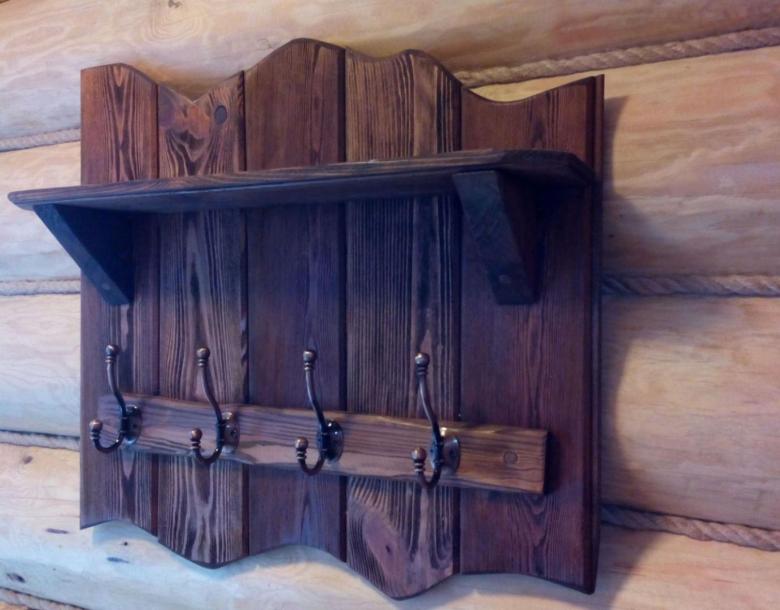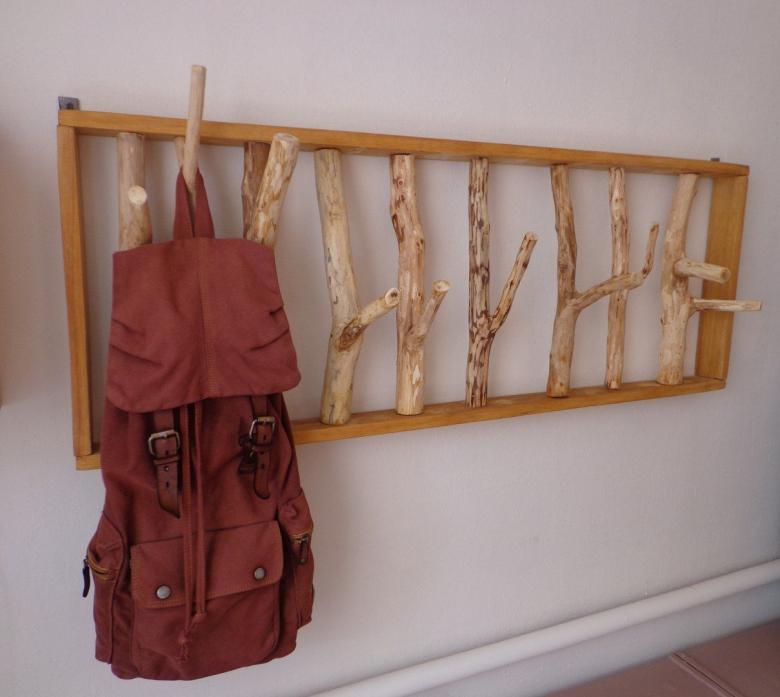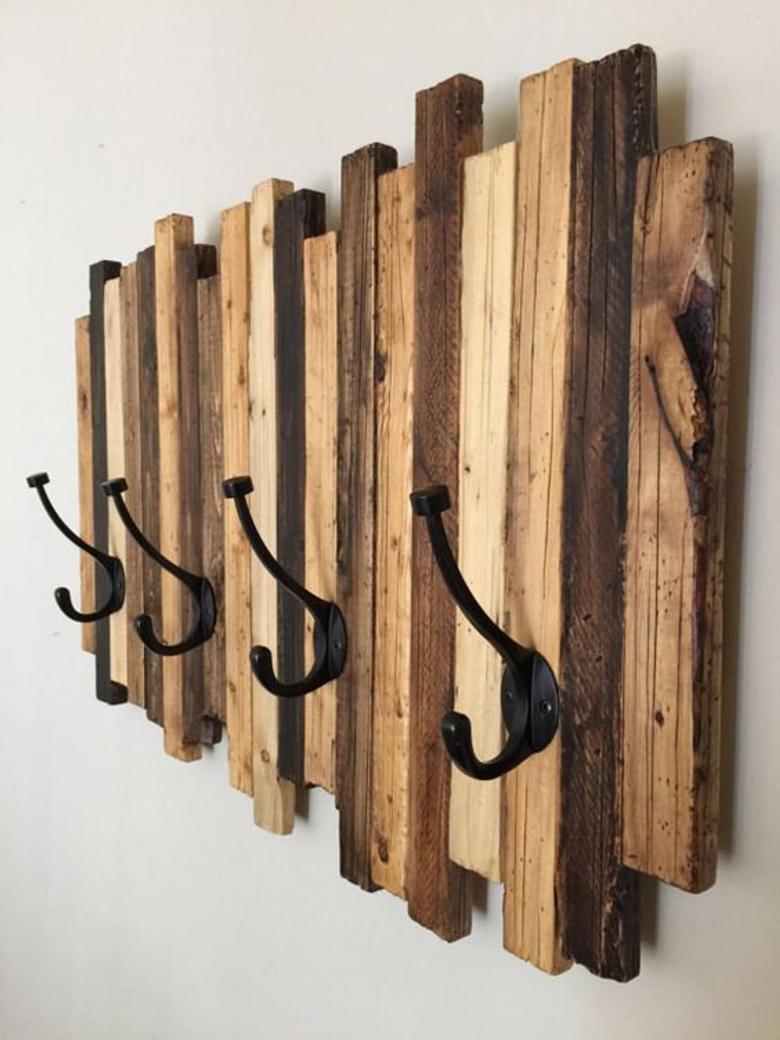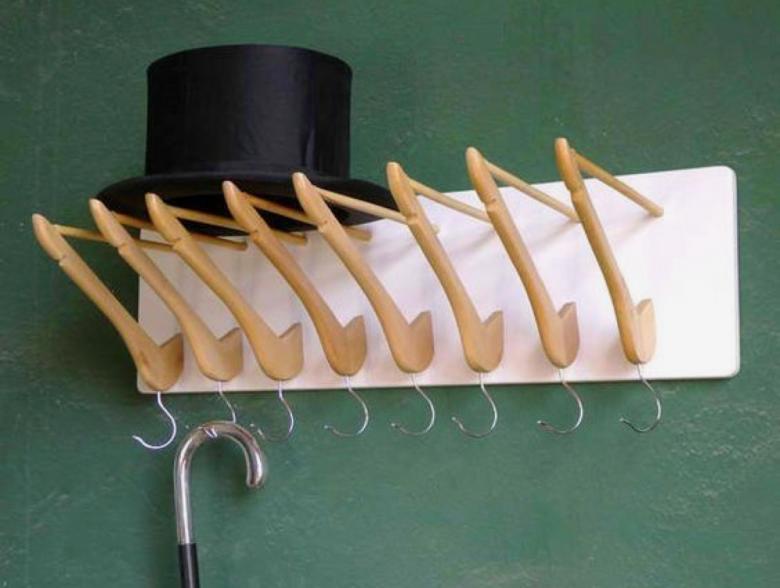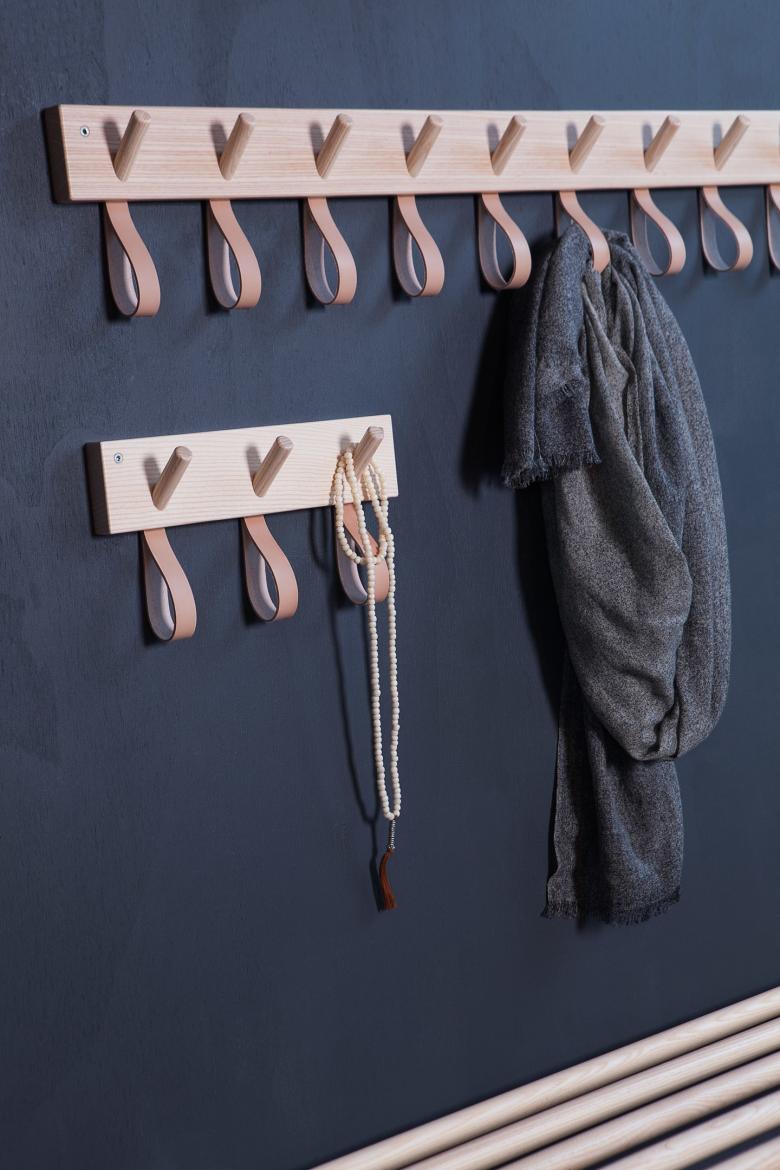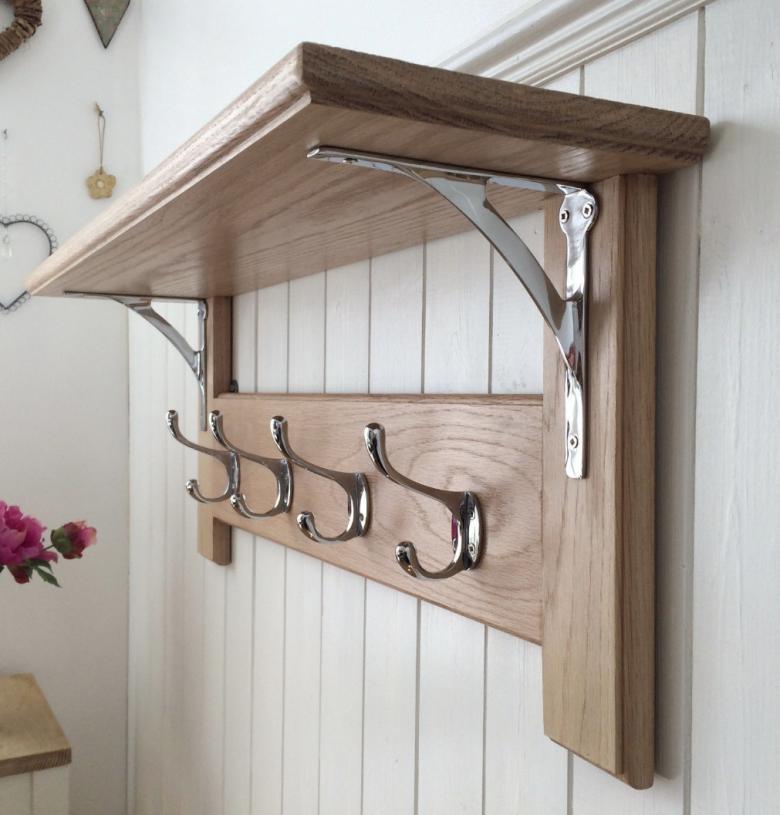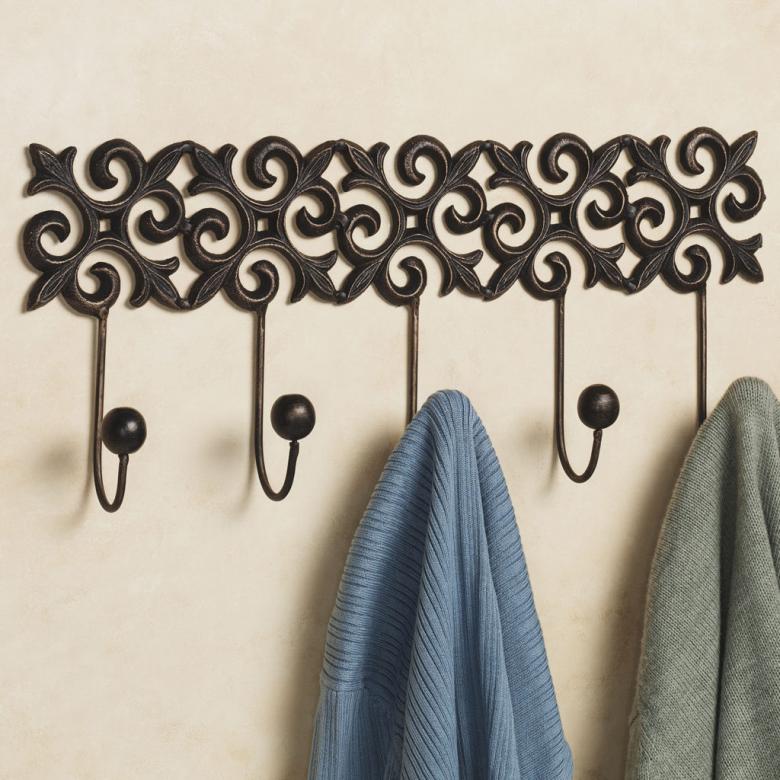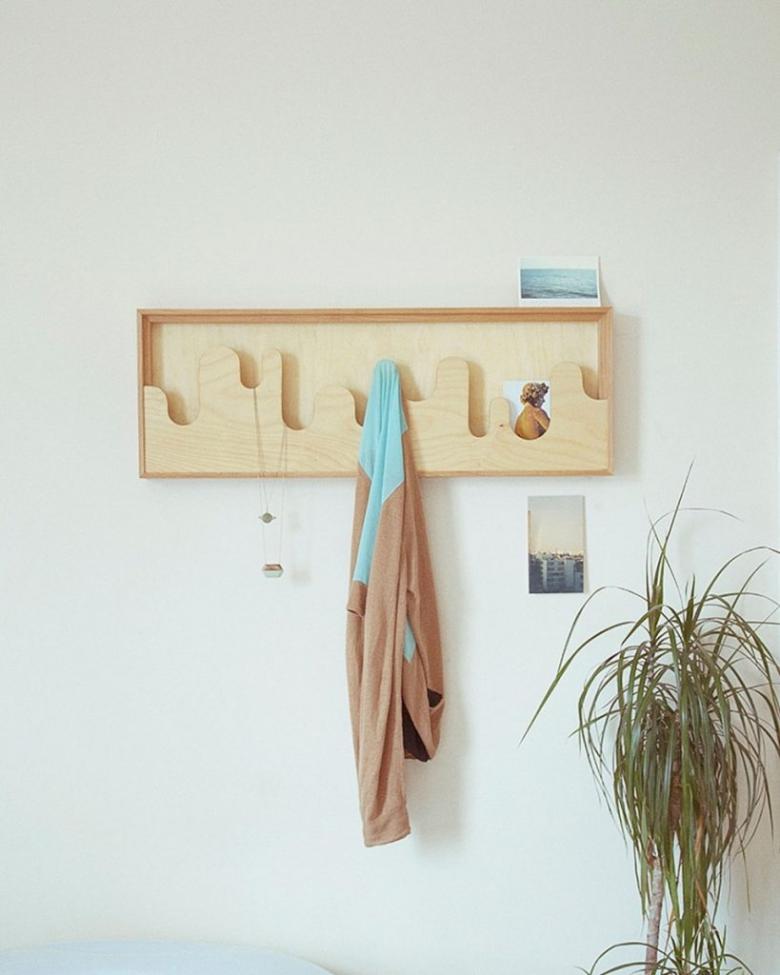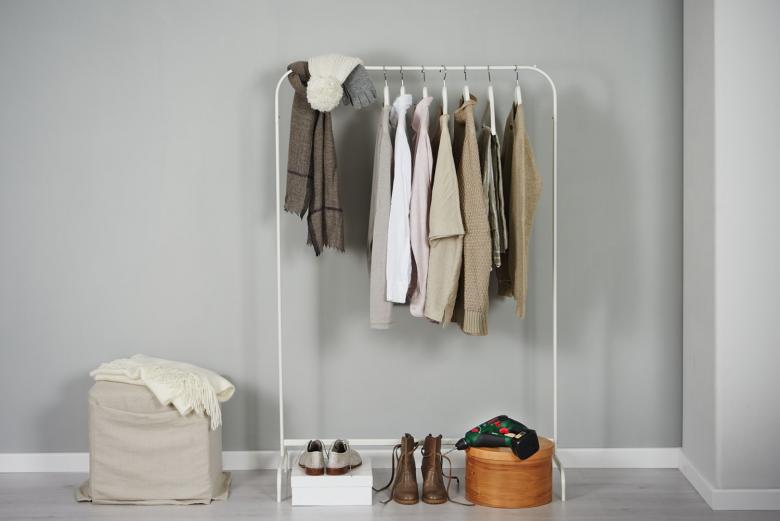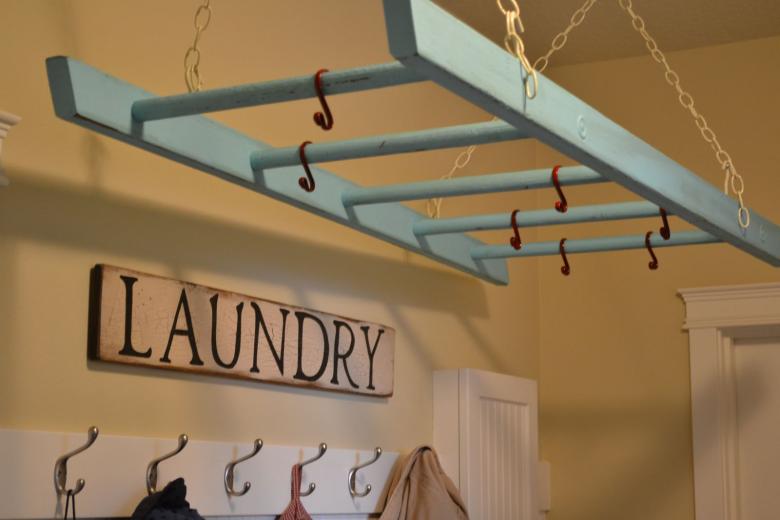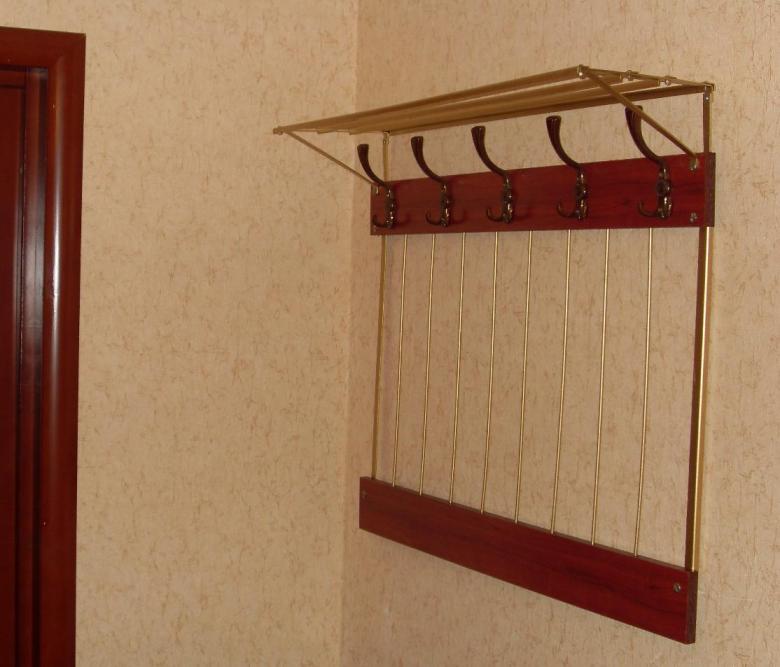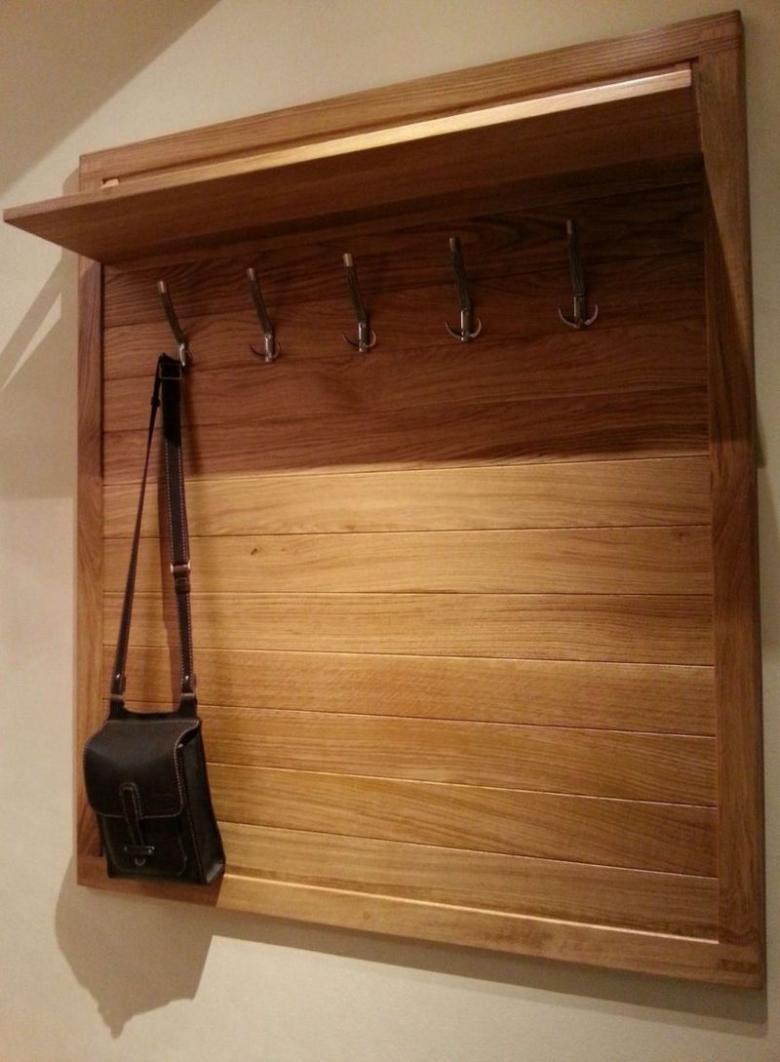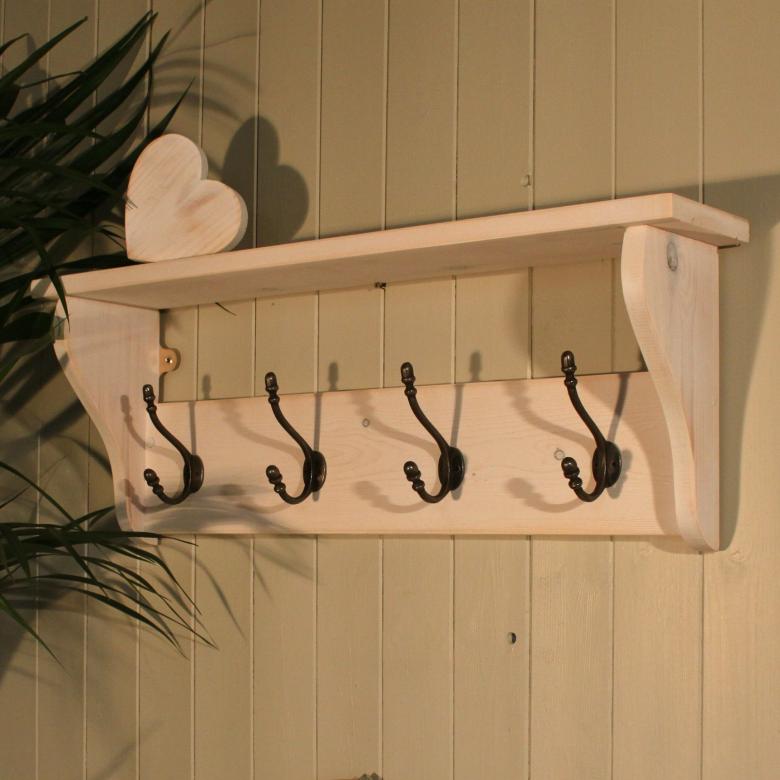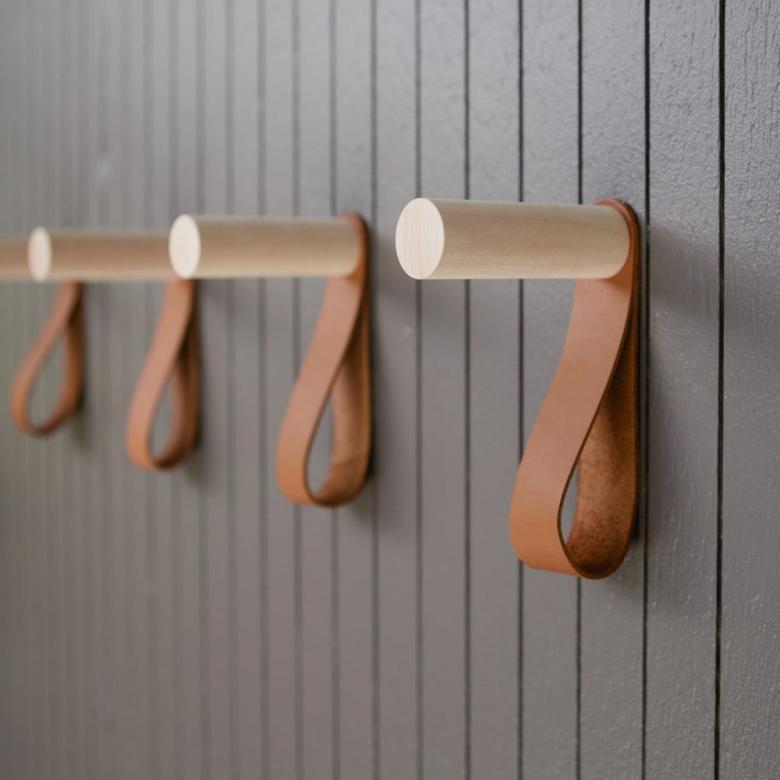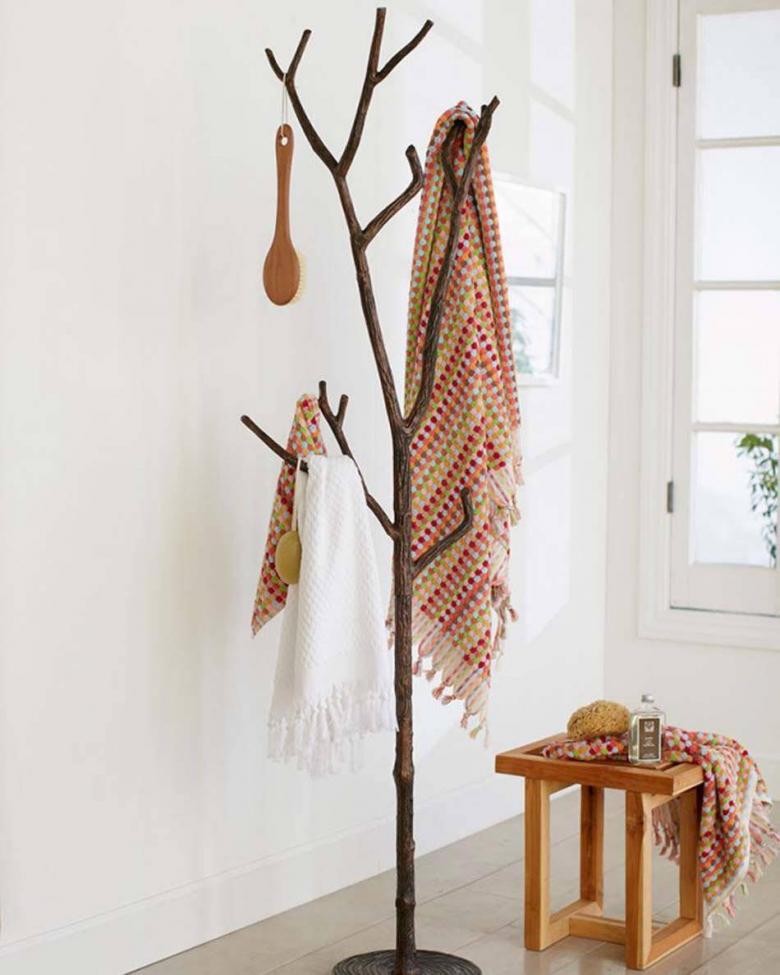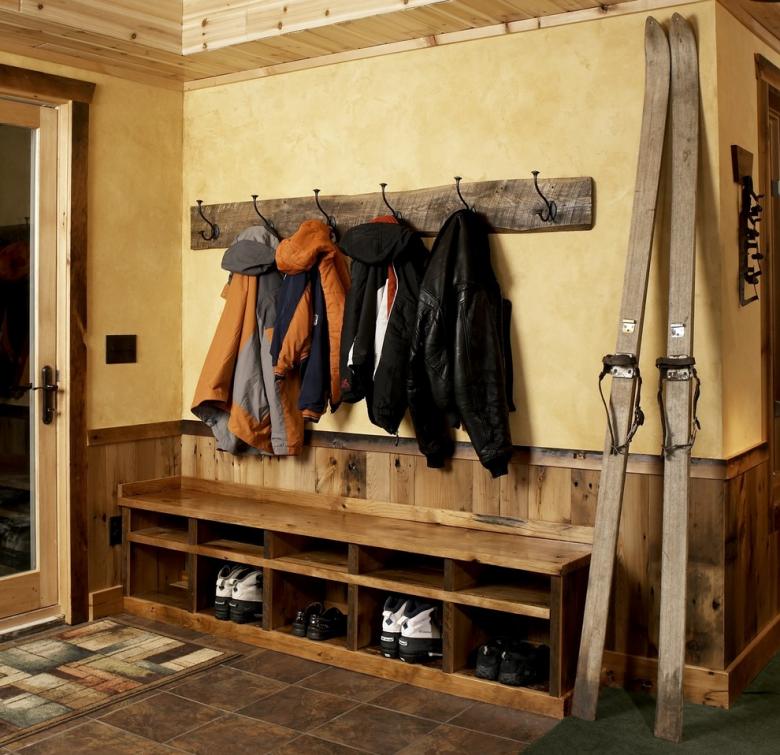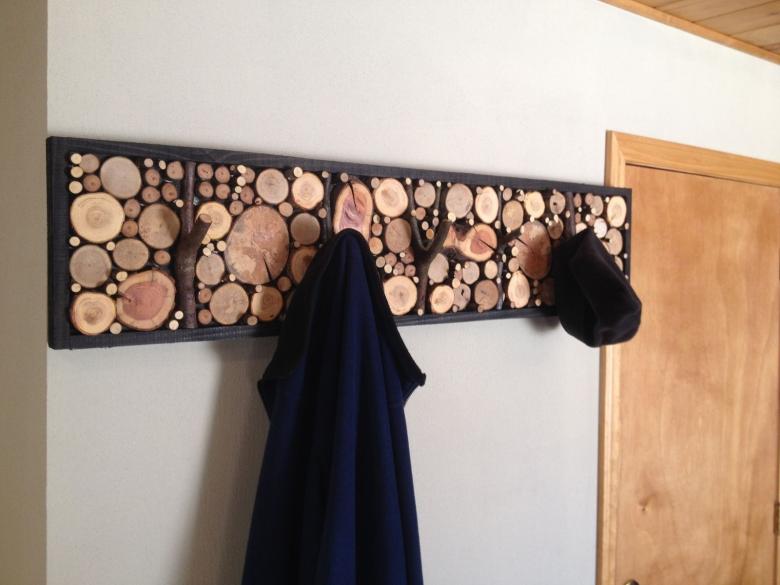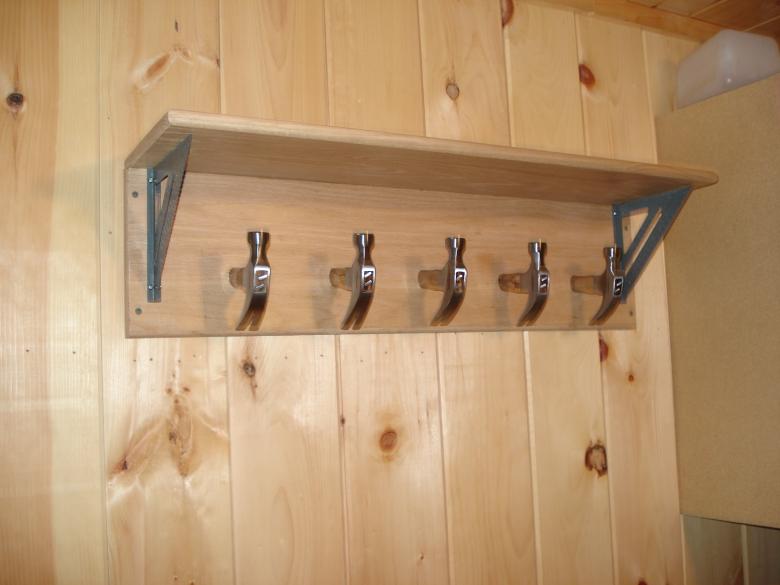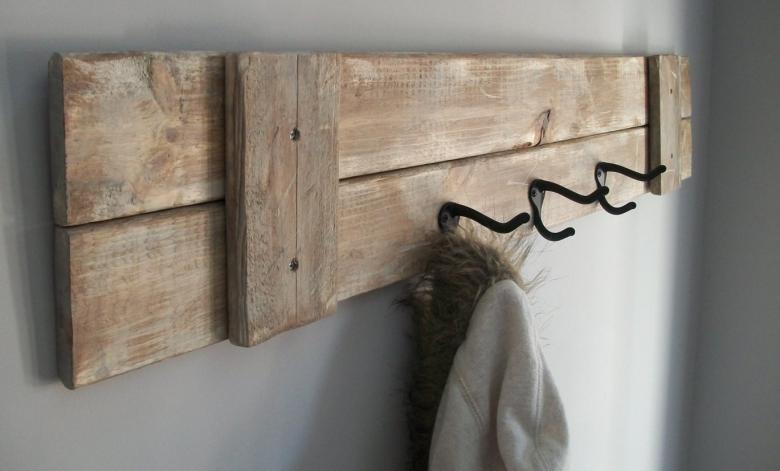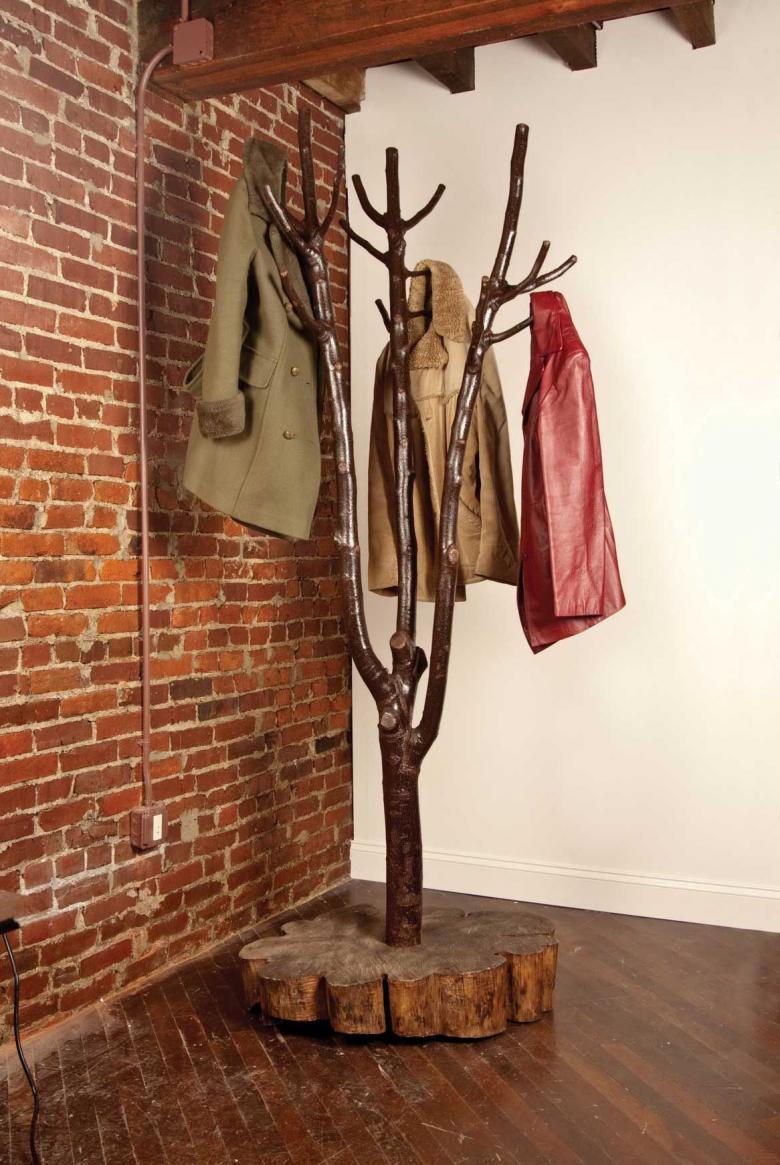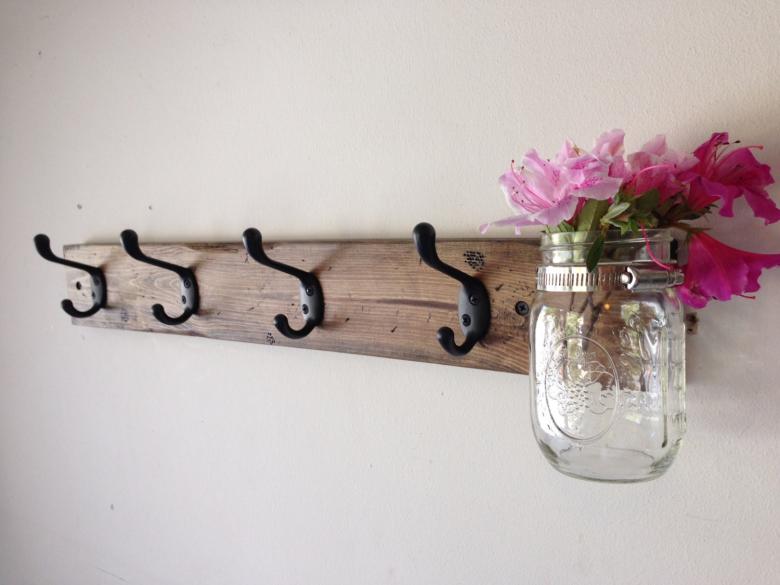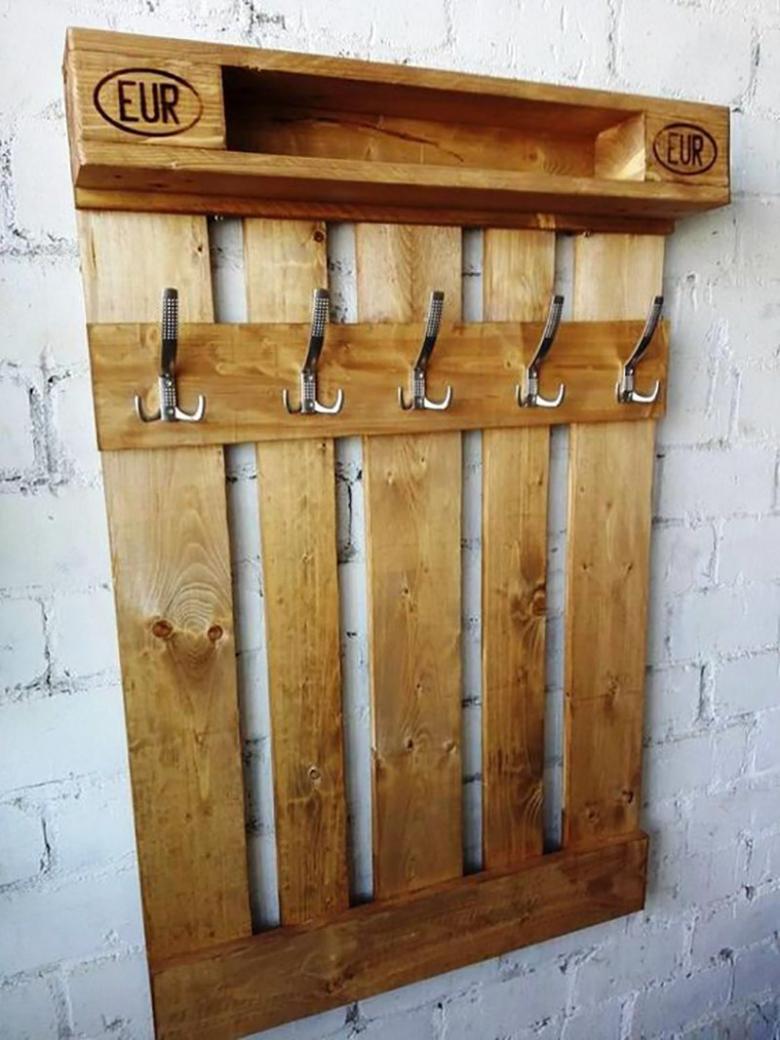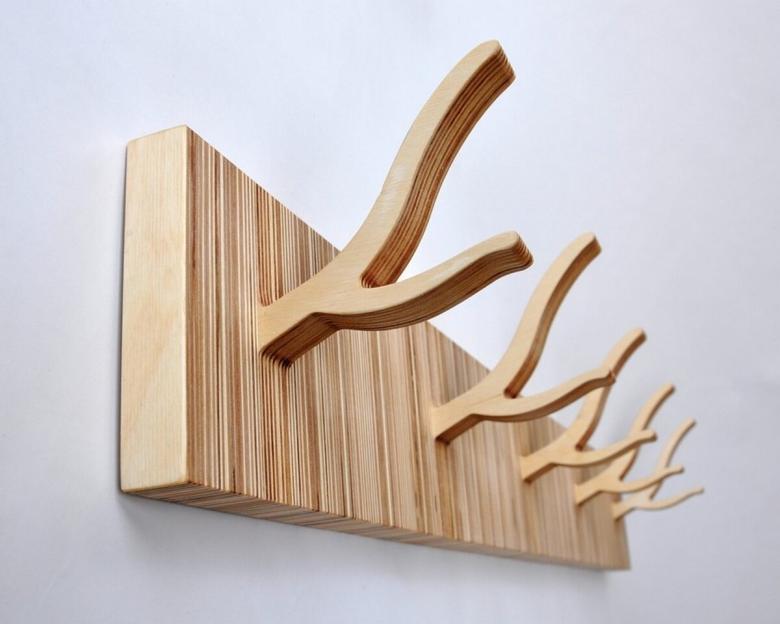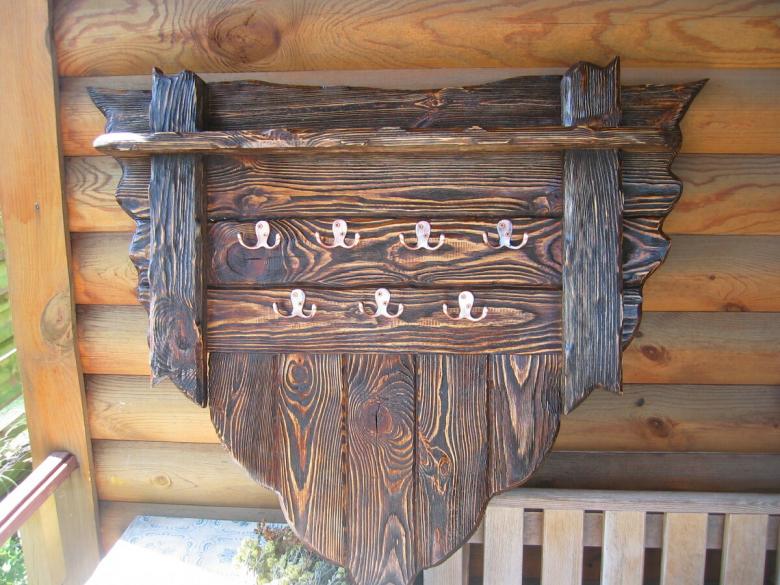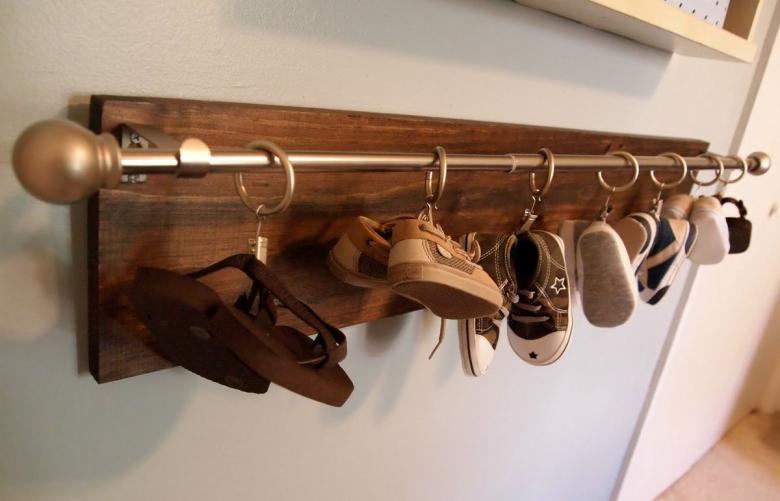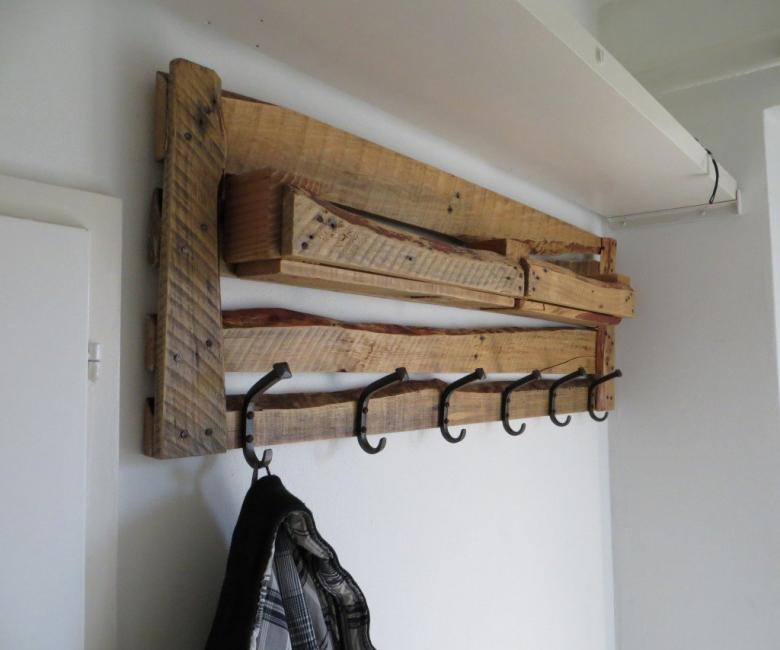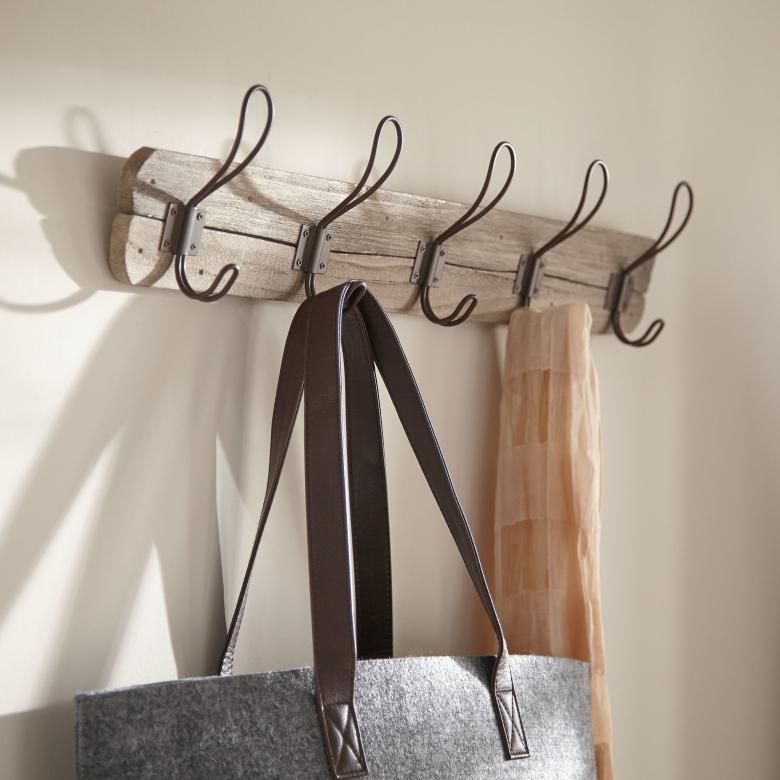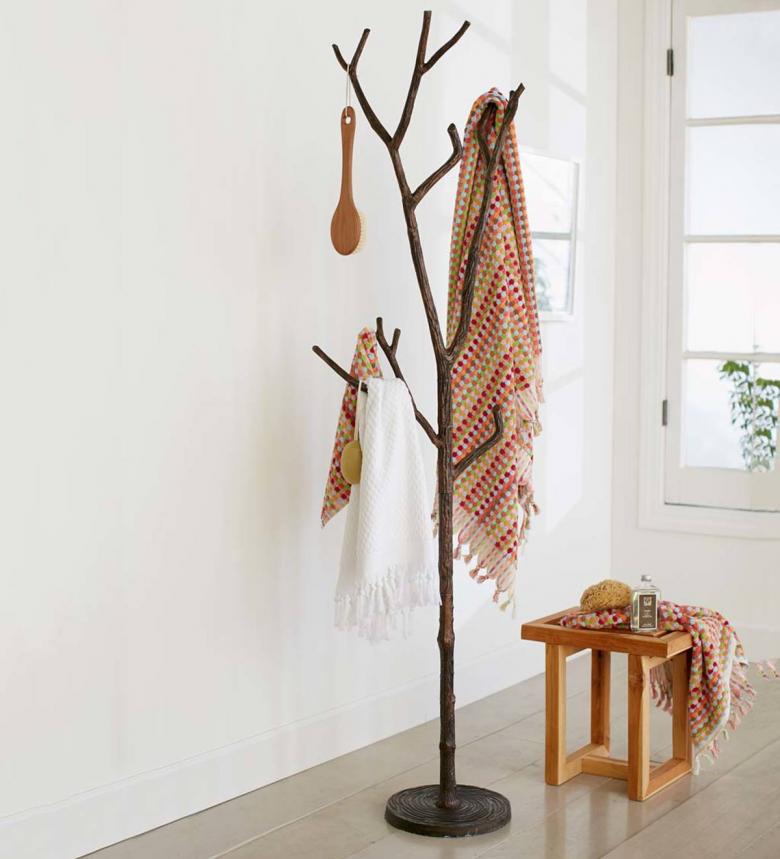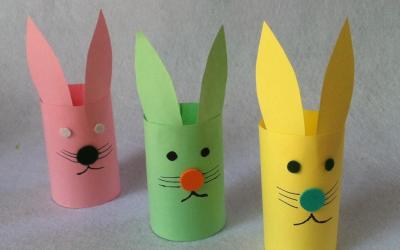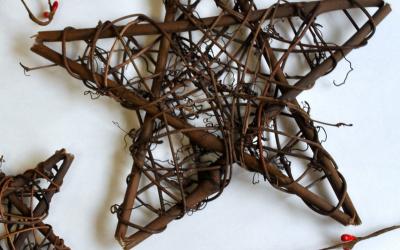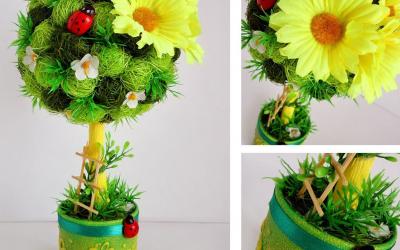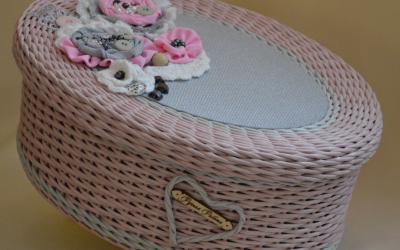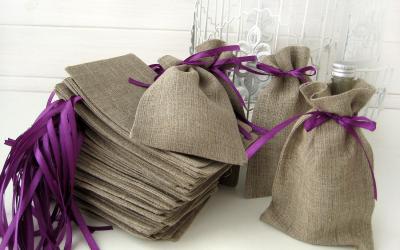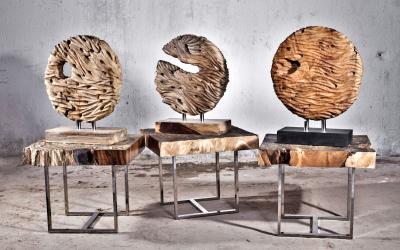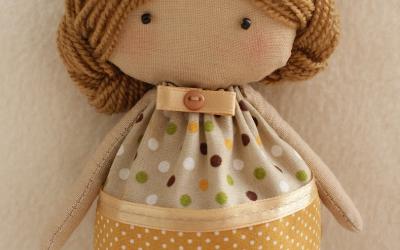Rack for clothes with their own hands - a selection of master classes of different materials
Hanger - a necessary attribute of the hallway. Among all types of hangers, the wall hanger stands out for its compactness and simplicity. It is able to save the area of a cramped or narrow room.
Making hangers from perforated sheet
Materials to use
To make this hanger, you will need:
- Perforated panel of plastic or metal.
- Thread of different colors (mouliné or knitting yarn).
- 4 hooks, ending with a ball.
- Scissors.
Perforated panels can be purchased in specialized construction or furniture stores.
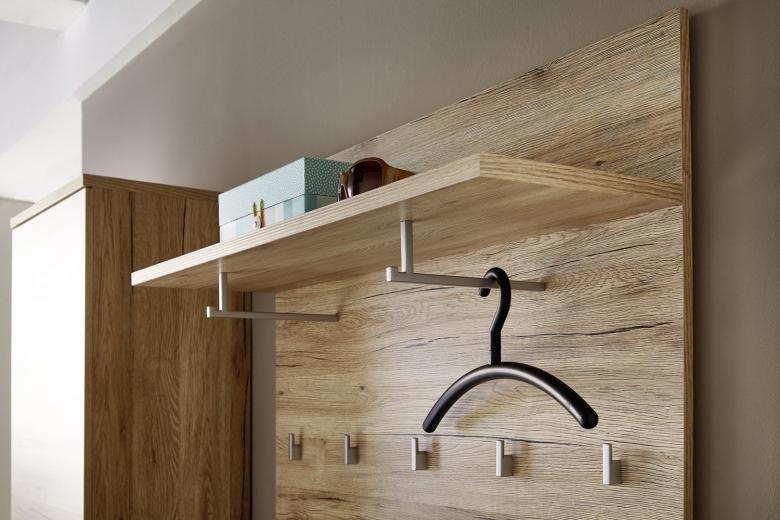
Manufacturing steps:
- Determine the size and purchase the panel of the required parameters.
- Selects a favorite plot or word for embroidery.
- On the perforated sheet of available threads to create an embroidery. After the embroidery is completed, hooks are attached to the panel and it is hung on the wall using the available holes.
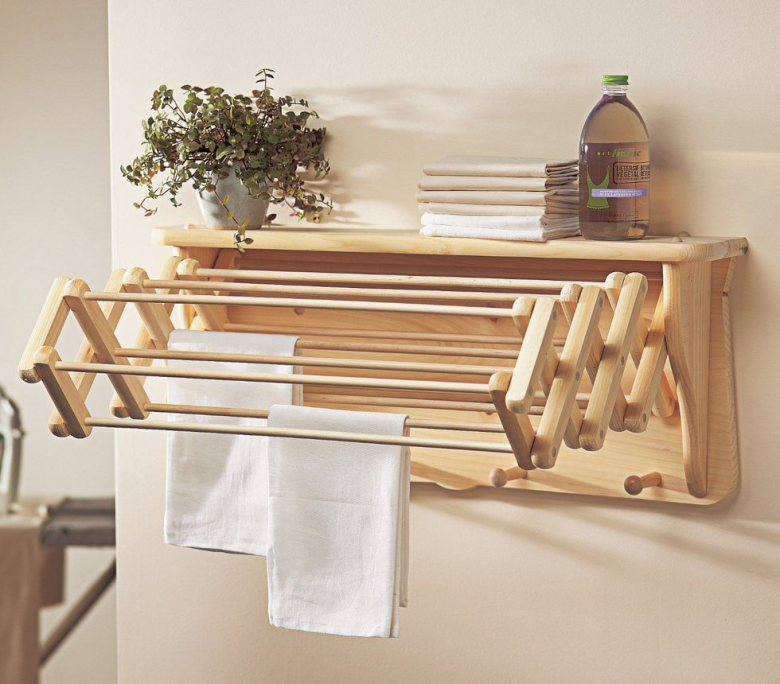
Wooden Hanger
For this hanger, an old, unnecessary tray will do. If it is not available, an ordinary board can be used.
Materials and accessories required:
- Pallet or board.
- Paint, a brush (roller) and a paint pan.
- Rubber or polyethylene gloves.
- Drill, drill bit.
- Jigsaw.
- Sanding machine or emery board.
- Pencil, tape measure, rags.

Order of work
- Preparing the wooden base. A board from the pallet or specially prepared lumber is cleaned of dirt and cut to the required dimensions.
- The surface of the board is sanded with sandpaper or a sanding machine to remove burrs and reveal the specific texture of the wood.
- Marking the position of the hooks. Their location is not regulated in any way and is made with a tape measure or ruler.
- Having previously measured the diameter, drill holes for the hooks.
- To clean from dirt wipe the workpiece with a rag.

Painting the billet
- In order to protect against rotting, wooden parts are coated with antiseptic compositions.
- Taking into account the existing style direction of the hallway, determine the color of the future product. Acrylic paint is often used for painting.
- Carefully and carefully paint the workpiece so that there is no unpainted places.

Installing the fasteners and final installation
On the back of the workpiece, install the parts with which the hanger will be hung on the wall. They should be equidistant from the long edges of the board. In the pre-drilled holes are fixed hooks. Using various methods, you can decorate the finished product, giving it an original appearance.

Hanger made of copper pipe
Such a handicraft will come in handy for women who have hats in their closet. In addition to hats it can be used for drying, storing clothes and decorating the hallway.
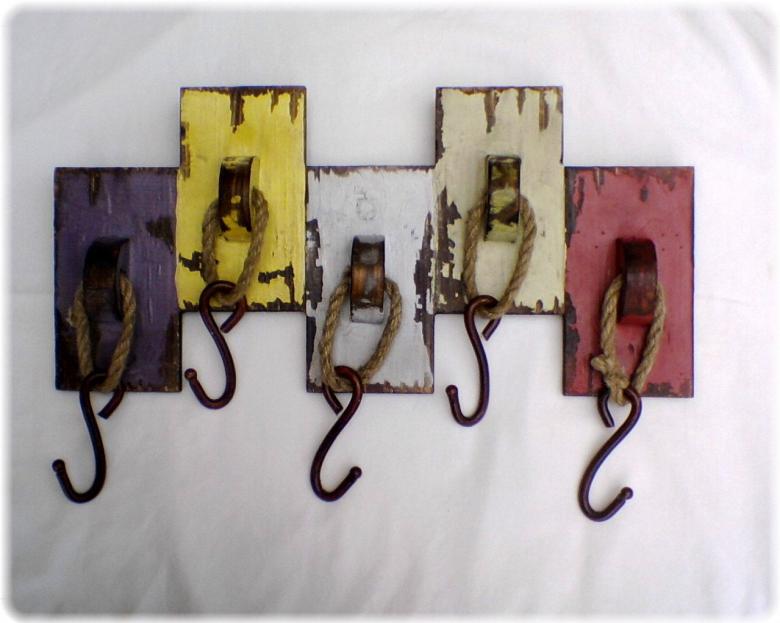
The following materials and accessories will be needed:
- Copper pipe.
- Pegs.
- Cord.
- Scissors.
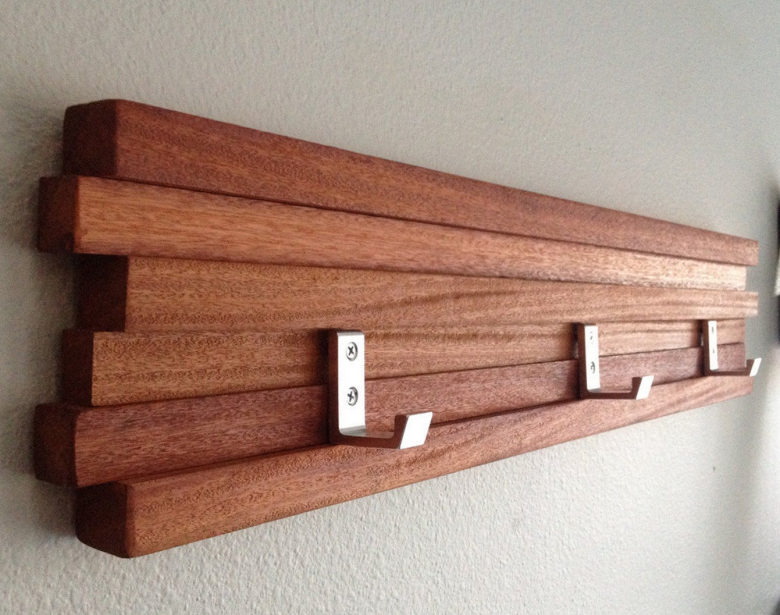
Instructions for making:
- Cut and run the cord inside the pipe.
- Attach several additional pieces of cord to the tube, keeping in mind the minimum necessary distance between them. The hats should not crumple or warp when hung.
- Fasten the ends of the cord with the pipe to the ceiling or wall. If necessary, the fastening elements should be assembled beforehand. On pieces of cord hanging from the tube, clothespins are attached, with which headgear is hung. A clothes hanger can also be hung from the tube.
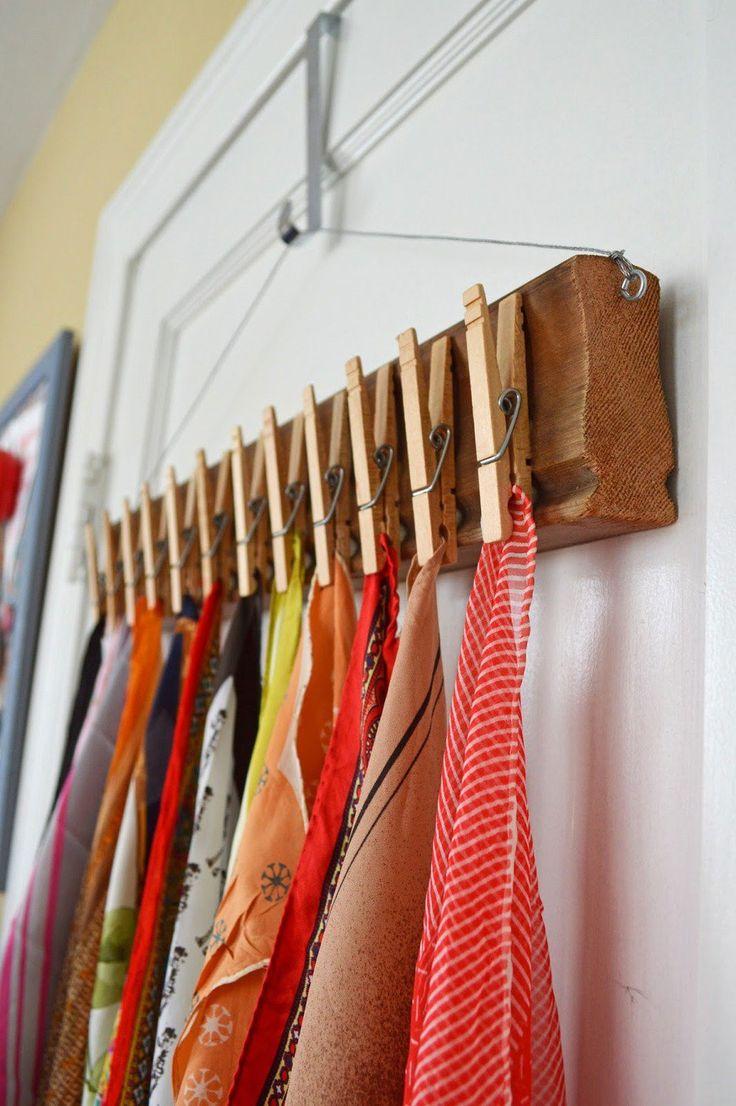
Leather straps as the material for the coat rack
This hanger is similar to the one described in the previous section, but more versatile. Labor costs for its production are negligible, and with its originality it can make the interior of the house more attractive.
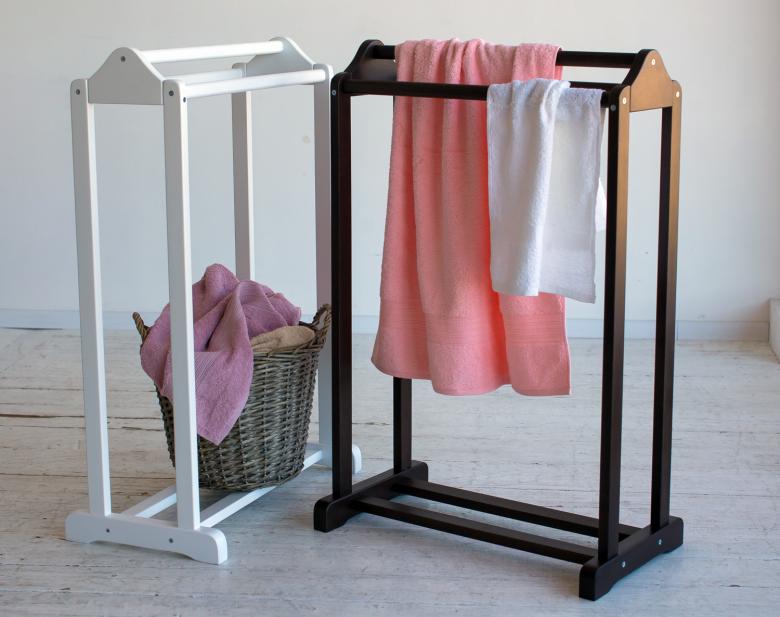
Required tools, materials and accessories:
- 2 straps of soft leather.
- Two strips of hard leather.
- Wooden bar.
- Hooks in S shape.
- Needle and thread.
- Scissors.
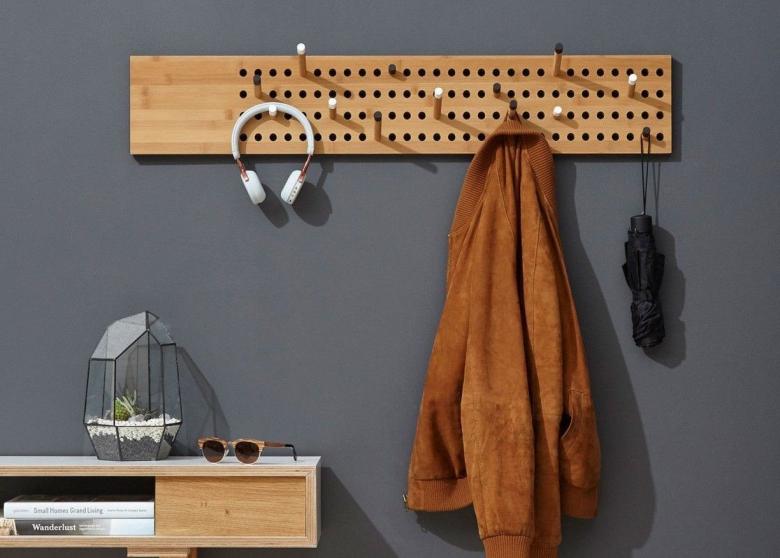
Work steps:
- The straps should be cut to the right size, taking into account the length for wrapping around the rod.
- After wrapping the straps around the bar, stitch them to secure them to the crossbar.
- To disguise the stitching points, cover the seams with a narrow strap by wrapping it around the main strap and then sewing it together.
- On the wall or ceiling, mount the hooks for the hanger. Make holes in the straps with a puncher and hang the structure on the hooks hammered into the wall or ceiling beforehand.
- On the horizontal bar of the workpiece, place the necessary number of S-shaped hooks, on which you can hang clothes.
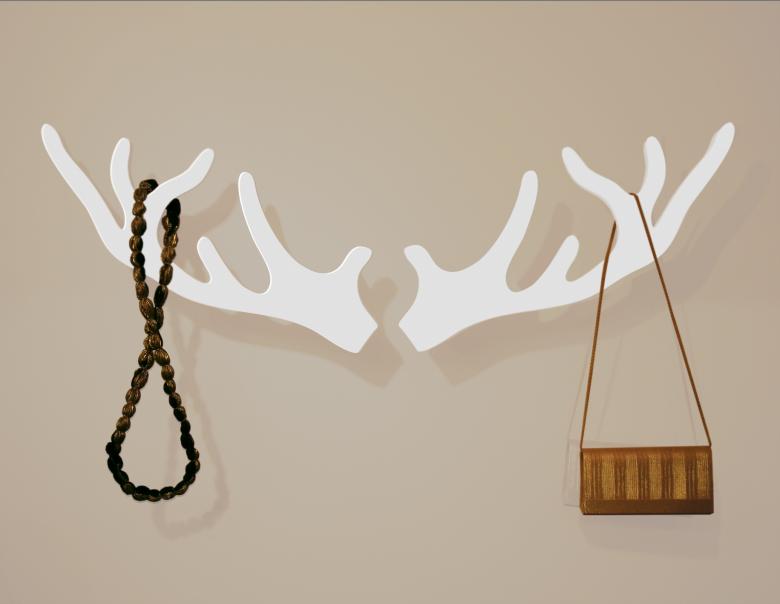
Variety of materials for hangers
Hanger made of slices and twigs
The basic material for this hanger will not require any financial costs and will help the creative expression of the owners of the house.
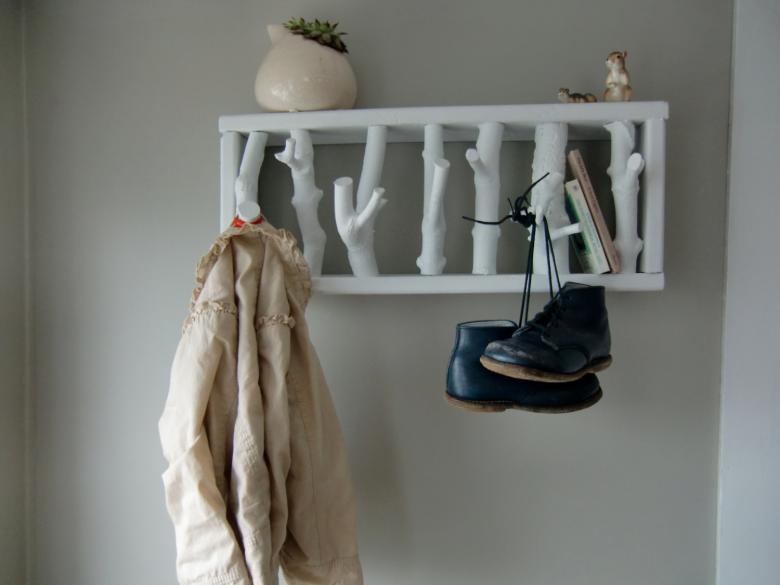
Hangers made of wooden pallets
Numerous photos posted on the Internet will be able to give an idea and help in choosing drawings of the right design of wall or floor hangers.
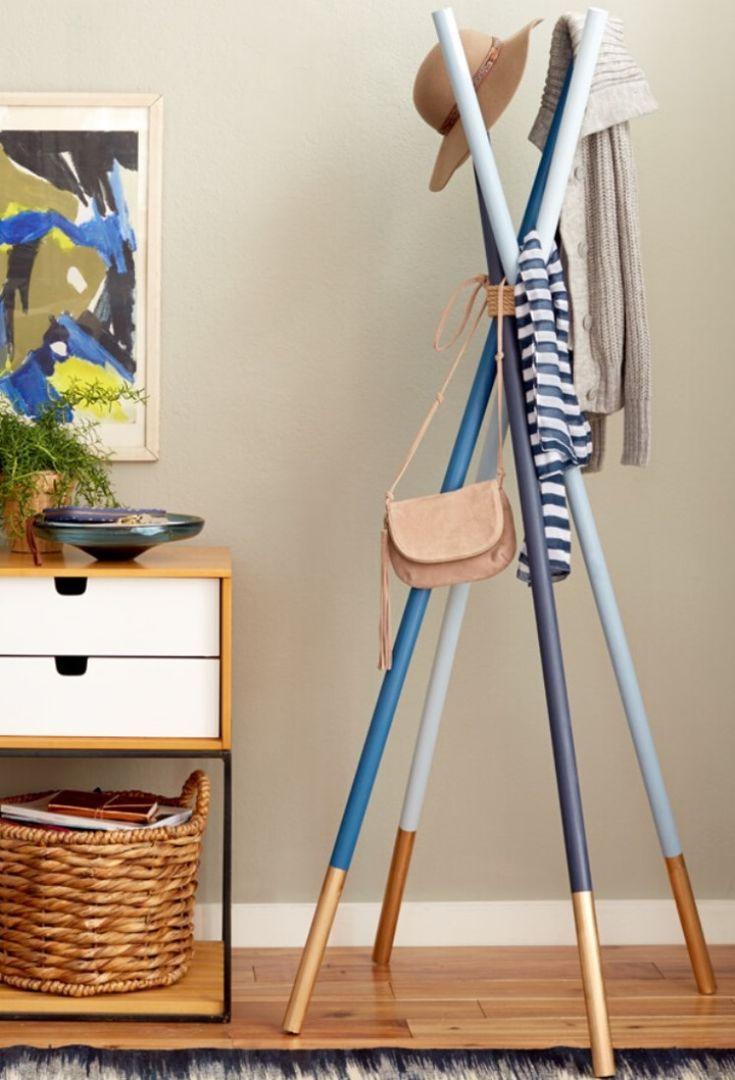
The choice of size, shape, color, decor and hooks for the hanger is left to the owners of the apartment. Often the natural color of wood is used instead of paint, having previously coated it with antiseptic substances, and then varnished.
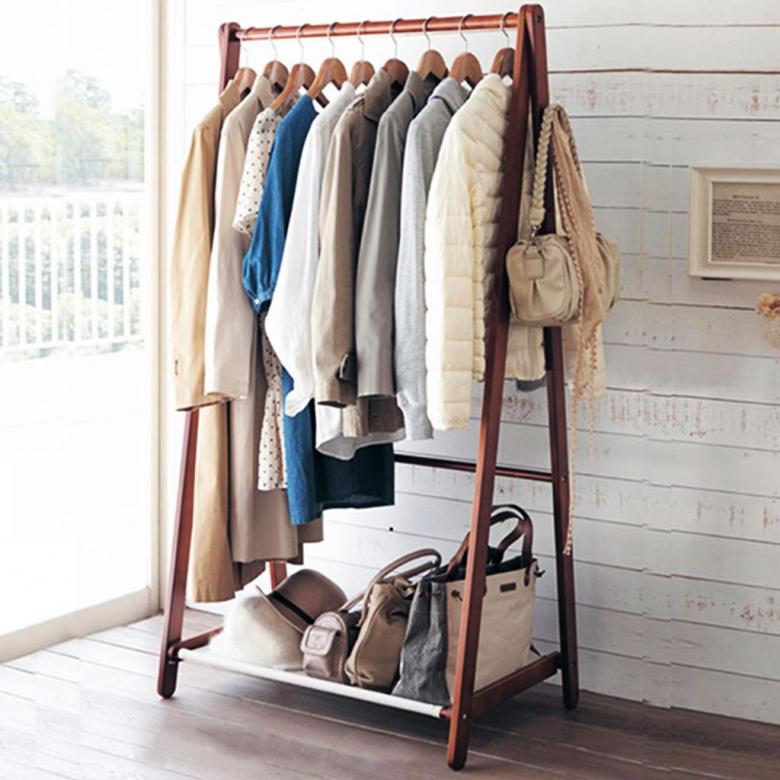
Hangers from improvised means
After familiarizing yourself with the most successful ideas of homemade hangers, the following conclusions can be made:
- The frame of the design can be any material - from planks to discarded objects.
- Buying hooks for hangers is not always advisable. For example, they can be taken out of the broken clothes hangers.
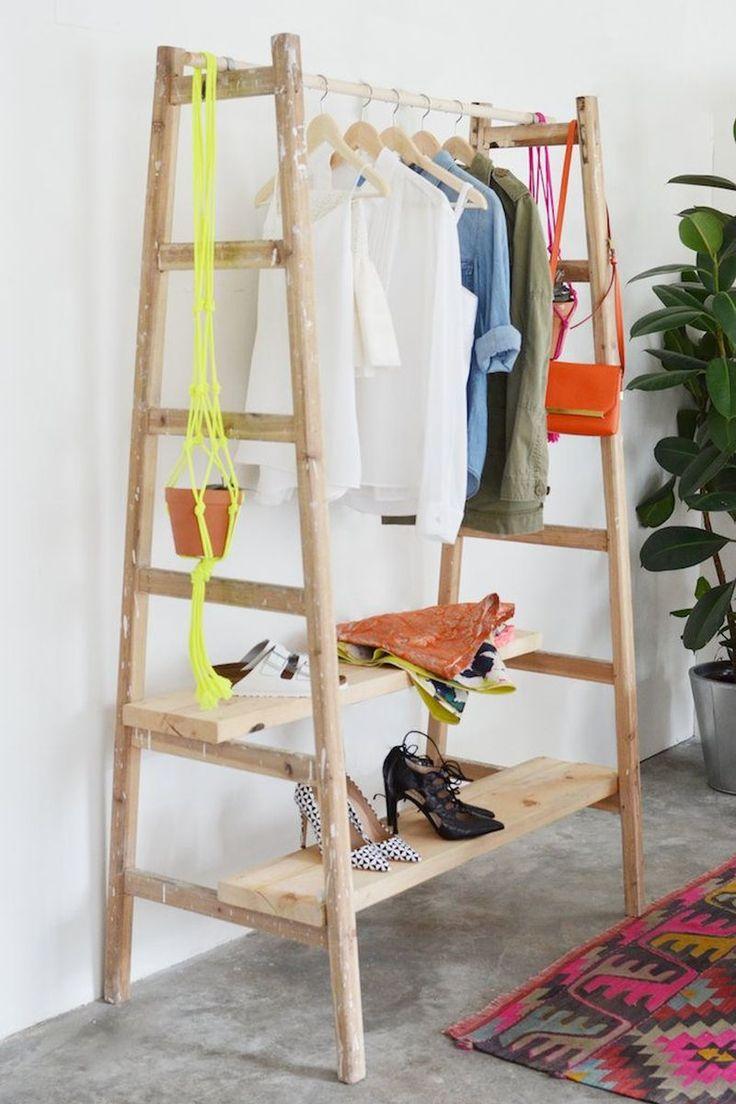
Hangers from things meant to be thrown away
Objects that have lost their useful properties, can be a great material for hangers It can be old ski poles, oars, and so on.
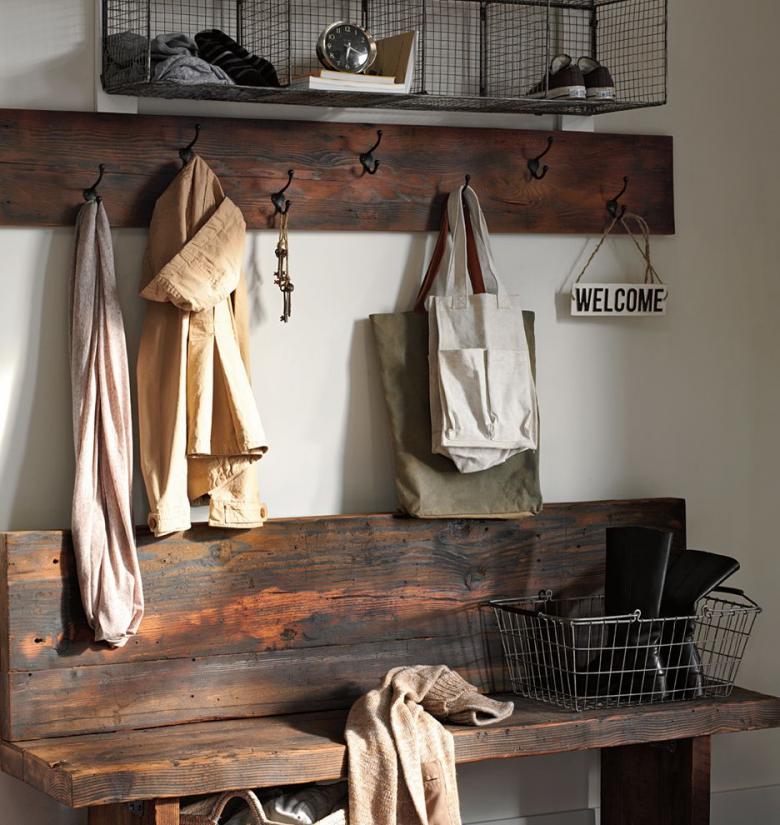
Again about hooks
Despite the great choice in the retail network, homemade hooks for hangers will create a much greater effect and allow you to further decorate the hallway.
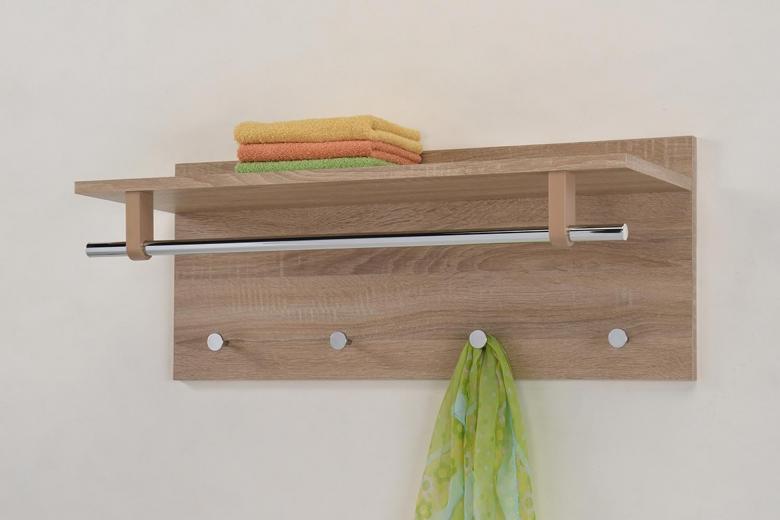
Designer Tips
- High-art style hooks, even without clothes, can be used as an interior decorating detail.
- Some designs suggested by space design specialists are not complicated, but fully perform their functions and are easy to make.
- Metal products are more difficult to work with, but the results exceed all expectations.

Self-made any home crafts brings not only aesthetic satisfaction from the results of labor, but also gives pleasure to the creative process of creating unique things.


